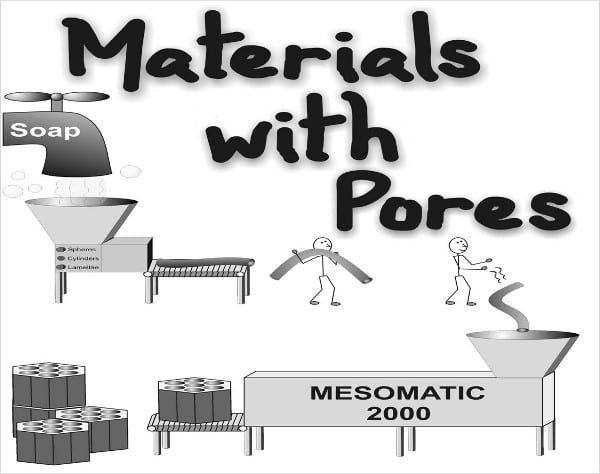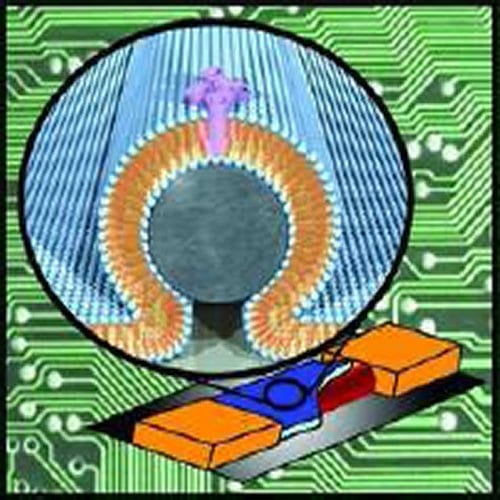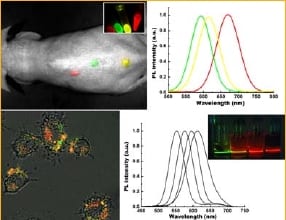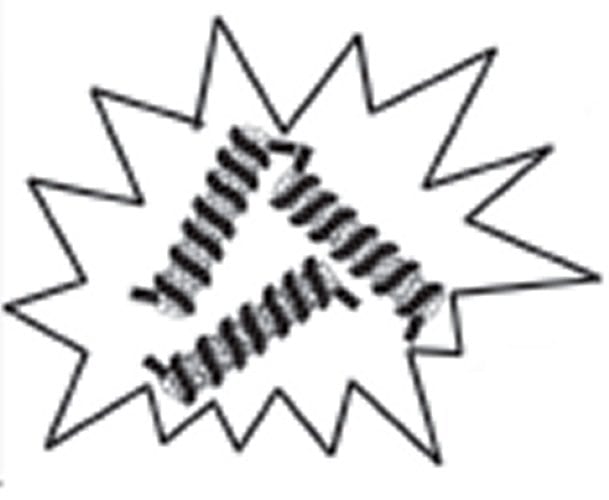Professor Geoffrey Ozin from the University of Toronto reviews porous materials—how the research goals have varied over the years, where we are today, and what these materials may offer in the future.


Professor Geoffrey Ozin from the University of Toronto reviews porous materials—how the research goals have varied over the years, where we are today, and what these materials may offer in the future.

Science-fiction becomes science fact: How bionanoelectronics will revolutionize the world through medical and computational advances.

An international team of researchers review a useful tool for three dimensional multi-photon microscopy and imaging

Nuclease activity can be detected by a simple, sensitive, and selective test based on light scattering of carbon nanotubes, with no need for a label.
French scientists have made light-sensitive memory devices by combining carbon nanotubes and silicon nanowires.
A team in Japan have made stronger than ever metal-carbon nanotubes junctions by nanowelding multiwalled carbon nanotubes to the contact surface.
Professor Geoffrey Ozin gives us his thoughts on nanochemistry and photonic metamaterials.
Welcome to one of our guest columns, where active researchers can share their views on topics relevant to materials science. Professor Geoffrey Ozin from the University of Toronto tells us what he thinks about nanoscale silicon and its future. One thing that has...

Optimum operational parameters have been obtained for fabricating electrospun PVA fibers.
University of Southern Mississippi scientists imitated Mother Nature by developing a new, skinny-molecule-based material that resembles cilia, the tiny, hair-like structures through which organisms derive smell, vision, hearing and fluid flow.